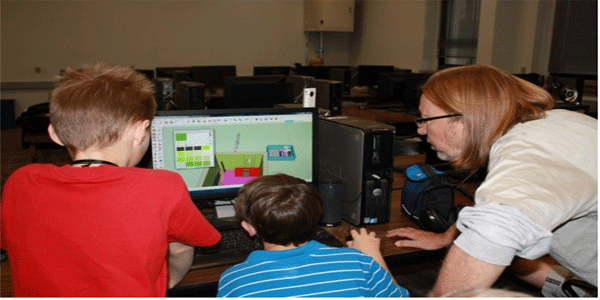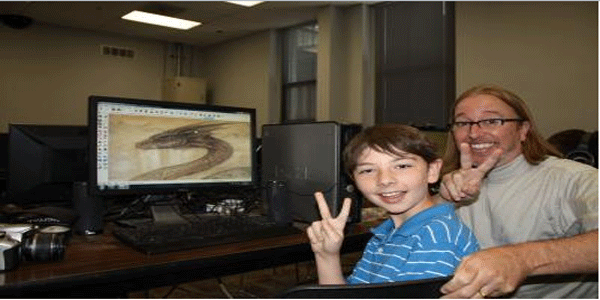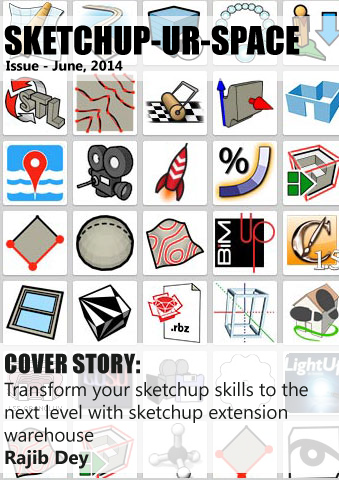Sketchup Resources
- SKP for iphone/ipad
- SKP for terrain modeling
- Pool Water In Vray Sketchup
- Rendering Optimization In Vray Sketchup
- Background Modification In sketchup
- Grass Making with sketchup fur plugin
- Landscape designing in
Sketchup - Apply styles with sketchup
- Bedroom Making with sketchup
- Review of Rendering Software
- Enhancing rendering for 3d modeling
- The combination of sketchup &
BIM - Exterior Night Scene rendering with vray
Author :
Blog

Autism is now days encroaching its paw to everywhere in this world. It is a disorder of development of neural characterized by impaired social interaction and communication. But our favorite tool SketchUp has been proven a great way of communication for the people with autism. For this reason Google SketchUp launched Project Spectrum to encourage the specially gifted talent to live up their lives. SketchUp has proven a really great communicator for the autistic children to convey their ideas to the world. There are several projects of autistic children using SketchUp.
It all started when Google's Tom Wyman and Chris Cronin started getting enthusiastic calls and e-mails from architects who had children on the spectrum. Their kids, the parents reported, had discovered the software program and loved it. All they needed was their creativity and a computer mouse and they could design entire neighborhoods. It turns out that SketchUp, which was acquired by Google from a small Colorado-based startup in 2006, allows people with autism to express their ideas in a visual way—a welcome release for kids who have trouble communicating through speech or writing.

Many people with autism excel at visual thinking. Studies show they perform exceptionally well on the Block Design Task, part of a standard IQ test, which assesses an individual's ability to recreate a complicated red and white pattern using a set of red and white blocks. They're able to mentally segment the design into its component parts so they can see where each block would go. Geraldine Dawson, chief scientific officer for Autism Speaks, a leading autism advocacy group, found that the parents of children with autism have superior spatial abilities on the Block test, too—a gift they may be passing on to their kids. Environment likely plays a role as well, says Dawson. Because children with autism have trouble communicating with people, they tend to spend their time interacting with objects. The end result: the visual portion of their brain becomes highly developed.
All of this makes SketchUp a captivating program for people with autism. Amateur designers can draw straight or curved lines, then use a "Push/Pull" tool to pull flat shapes into 3-D objects. A rectangle can be pulled to become the living room in a house; a hole can be pushed out of a wall to make a window. An "Orbit" tool lets you look at a desk from back, front, top and bottom. Users can find models that already exist—furniture, playgrounds, amusement parks—in the program's 3-D warehouse to incorporate into their own designs. Or they can store their 3-D houses or stadiums or cities in the warehouse for others to see. Google's Wyman says he has seen kids with autism adapt to the program with little difficulty.


